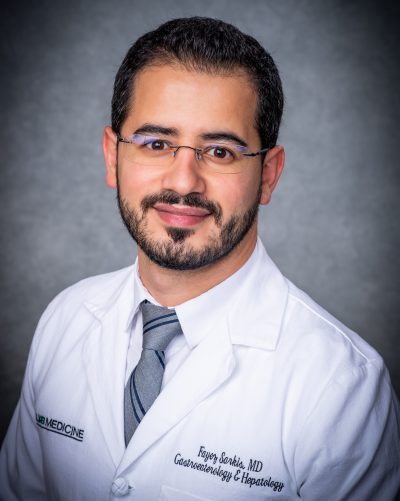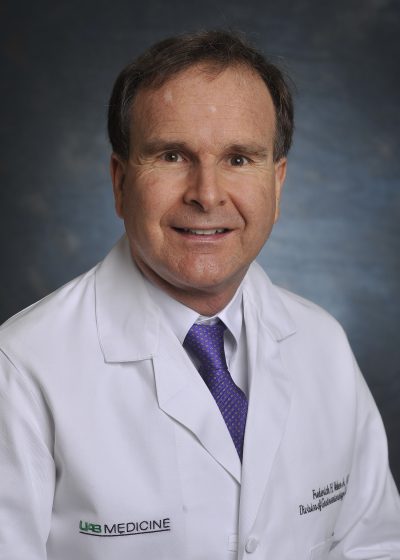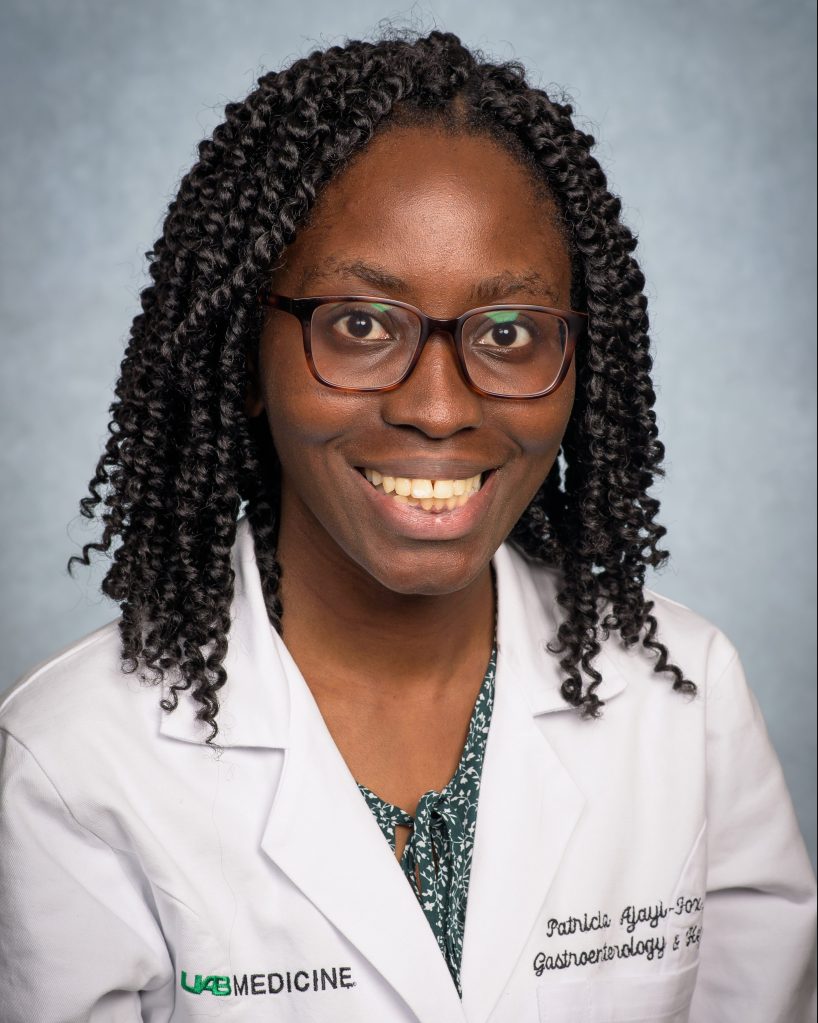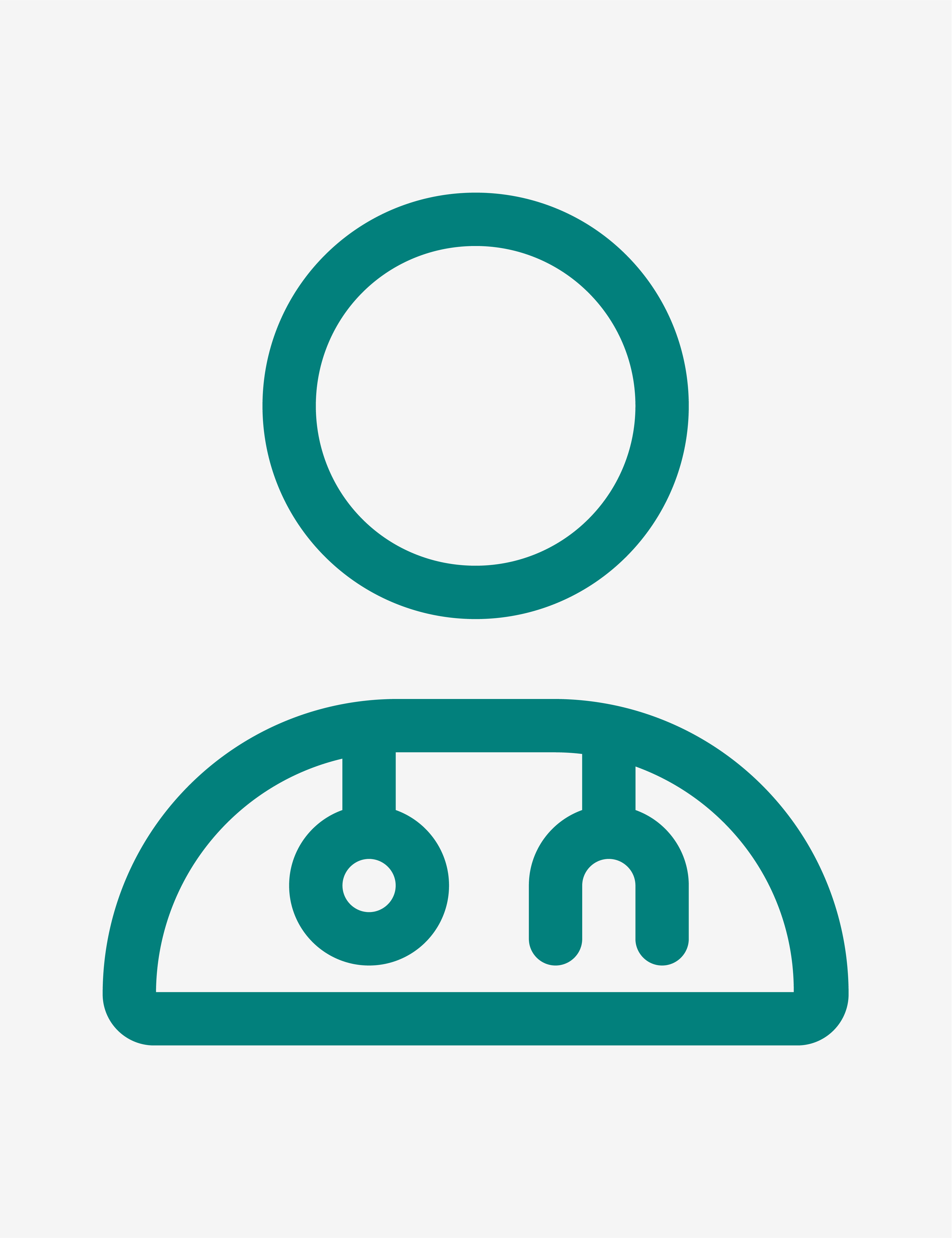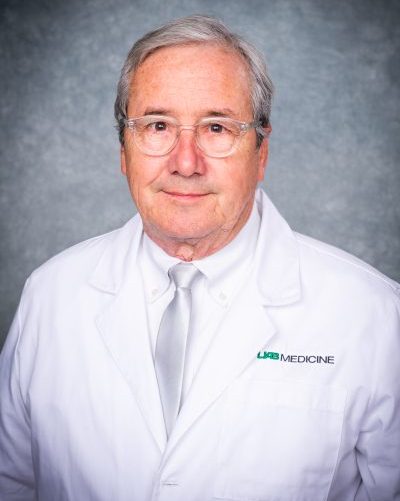The gastrointestinal (or digestive) tract is an organ system that breaks down food we eat to provide the body with energy and nutrients. It also expels waste. The mouth, esophagus, stomach, and intestines are parts of the gastrointestinal (GI) tract.
Most people experience GI problems at one time or another. Indigestion and heartburn are among the most common GI conditions and usually can be relieved with over-the-counter medications and/or lifestyle changes. Four of the most common gastroenterology conditions are explained below.
UAB Medicine GI Program
UAB Medicine is known worldwide as a leading center for digestive and liver disorders. We see more than 20,000 patients and perform more than 12,000 outpatient procedures each year.
Our GI program is also historically significant. The inventor of the endoscope, Basil Hirschowitz, MD, founded our program more than 50 years ago. His innovation revolutionized GI and other diagnoses around the world. Our interventional endoscopy group, which includes endoscopic ultrasound, is one of the busiest and most prestigious in the country — clinically and academically.
UAB continues to lead advancements in gastroenterology by participating in many research trials of promising drug therapies and other treatments for digestive disorders. Our doctors and scientists are searching for causes and cures for many GI illnesses through basic research. For example, they study how the bacteria in our intestines affect our health.
Care Providers
Resources
- UAB Division of Gastroenterology and Hepatology
- Crohn’s & Colitis Foundation
- NIH – Irritable Bowel Syndrome
- NIH – Ulcerative Colitis
Related Specialties
- Bariatric Surgery
Colon Cancer
Colonoscopy
Digestive Health
Gallstone
Gastroenteritis
GERD (gastroesophageal reflux disease)
Hyperparathyroidism
Irritable Bowel Syndrome
Obesity
Pancreatic Cancer
Pancreatitis
Thyroid Cancer
Thyroid Disease
Ulcerative Colitis
Clinical Trials
Speak to your physician about your options and browse the link below for more information
Latest News
View All News-
UAB receives renewed funding for colorectal cancer screening project
November 18, 2024
-
UAB celebrates milestone with 3,000 adult liver transplants
September 26, 2024
-
UAB Hospital continues to be the best hospital in Alabama, Birmingham metro, according to U.S. News & World Report
July 16, 2024
-
UAB to offer free colonoscopy screenings to under- and uninsured for second consecutive year
May 21, 2024
-
UAB HHT Clinic named Center of Excellence
July 11, 2023





